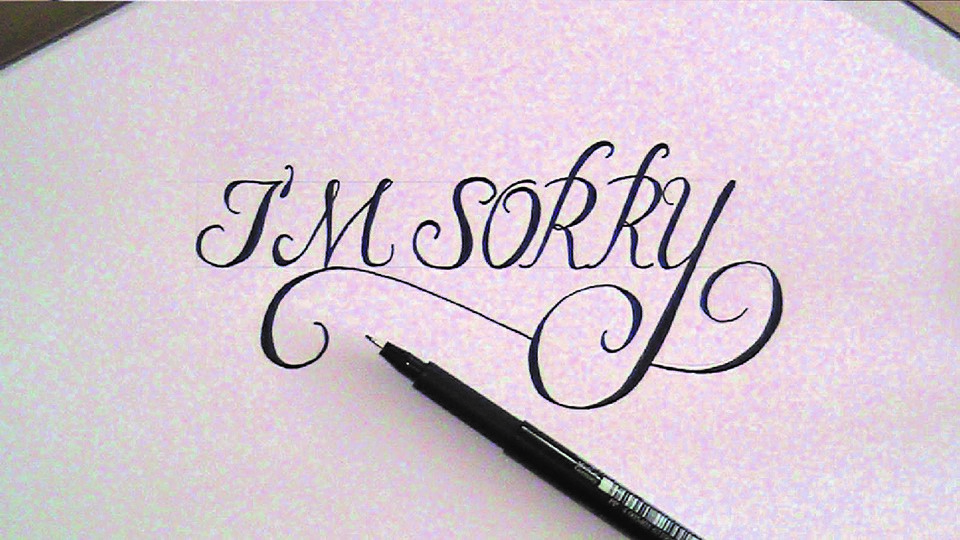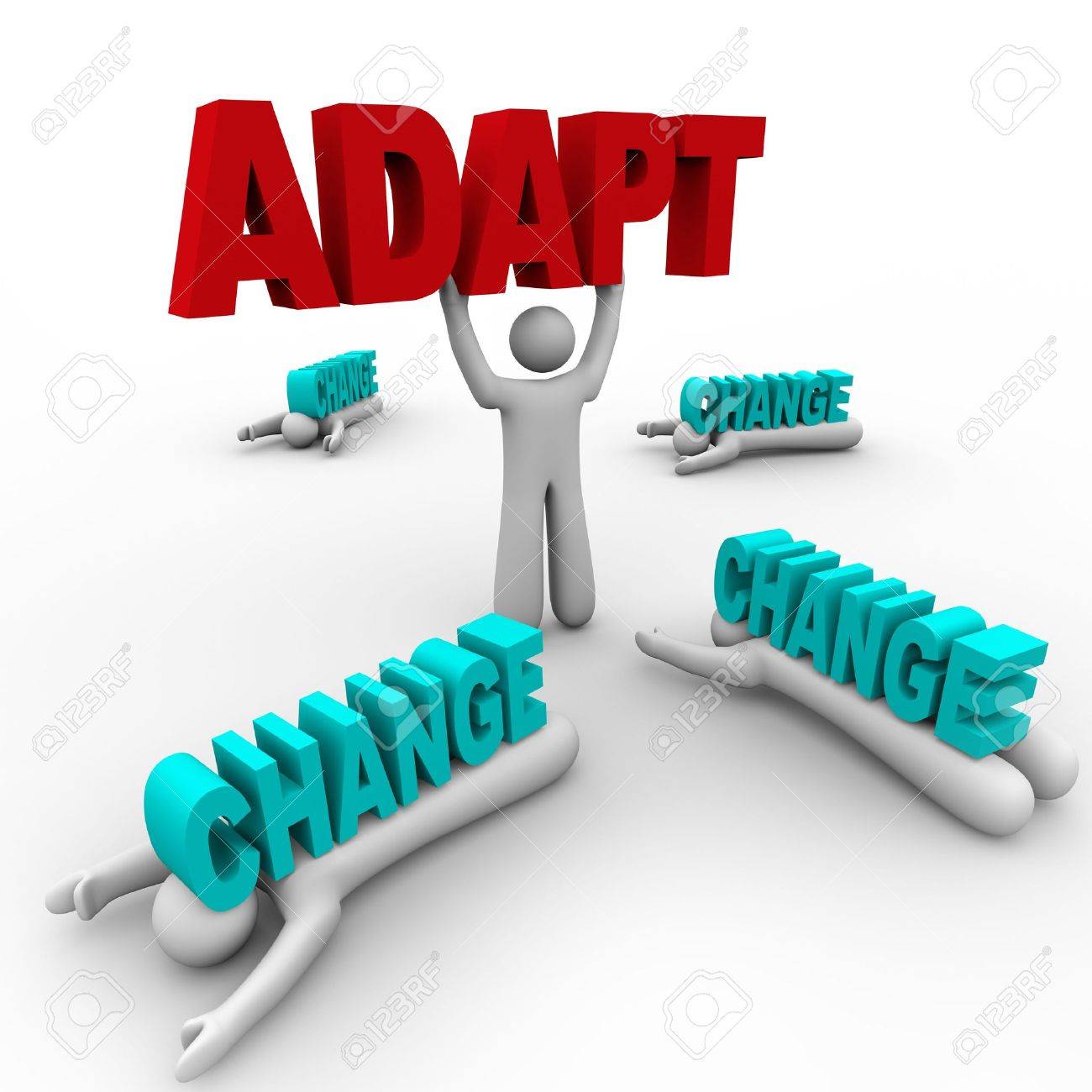
Idea.Action.Impact

Idea.Action.Impact

The theme of this year’s International Women’s Day ‘Women in leadership: Achieving an equal future in a Covid 19 world’ couldn’t have been better given the unprecedented win of Kamala Harris, the first woman and the first woman of colour as the Vice President of the United States. Her victory has paved an easier pathway for the generation of women behind her. Not that it’s the first time that a woman has joined politics but this is the first time that a woman of colour has held such a high position of power.
But all are not as fortunate as Kamala Harris.
According to the UN Women, women serve as Heads of State or Government in only 22 countries, and 119 countries have never had a woman leader. At the current rate, gender equality in the highest positions of power will not be reached for another 130 years. Looking at the International Labor Organisation’s recently released data, the country with the highest percentage of female managers is Jordan with 62%, and only five out of 83 countries reporting these figures to the ILO have achieved gender parity in leadership positions.
The statistics are a matter of concern as to why women are underrepresented at all levels of decision-making. Even though women hold more managerial positions than ever before but they are not able to make significant headway in the highest echelons of the business world, in executive roles, and boardrooms. What is holding women back? Why does the business leadership gender gap persist and prevail?
Broken rung and the glass ceiling
The term glass ceiling refers to the inability of women to move ahead after a certain point in their career regardless of their qualifications and experience. While very few manage to cross those artificial barriers and reach the top,there are many who struggle with the odds systemically stacked against them.
The invisible and systemic barrier that prevents women from rising to the top is not the only reason why we have fewer women as leaders; rather, it stems from the way we create and manage a talent pipeline.
Gender inequality at the top rung of the ladder can be traced down to the first promotion. According to the ‘Women in the Workplace’ study from McKinsey & Company and Leanin.org, it is the broken rung i.e. the first step on the ladder to senior leadership which needs attention. When that first, equally important, and crucial step is missed out, the number of women decreases at every subsequent level resulting in a lesser number of women reaching the senior levels.
Therefore, to create a positive chain reaction across the entire pipeline businesses need to first fix the ‘broken rung’ to help women shatter the glass ceiling.
Stereotypes and Biases
Leadership and women are two words that don’t seem to go well together for many because leadership is defined by the traits stereotypically associated with men i.e., tough, aggressive, decisive, etc.The age-old role of men and women that are so ingrained in our minds makes it uncomfortable with the idea of women having the power, to begin with.
This is why when women politicians like Margaret Thatcher, the British Prime Minister who governed Britain in the 1980s, and Indira Gandhi, the first and the only female Prime Minister of India was known for their stern, commanding leadership style they were referred to as the ‘Iron Ladies’. Thus, when women emerge as leaders, their leadership traits are inconsistent with the traits that women primarily ought to have and this leads to role incongruity.
Unconscious biases form the foundation of what constitutes leadership and eventually, organisational practices also mirror the stereotypes about who men and women are along with their respective roles.
So, how can organisations help?
Fueling the talent pipeline requires a commitment of companies to reframe organisational practices that are free from such unconscious biases and encourages women from the entry-level up. We need to change the lens through which we define leaders so that organisational policies and practices are devoid of systemic societal biases.
For this, businesses have to create a culture of conscious inclusion that eliminates inaccurate, persistent perceptions about women as leaders and encourages mentorship and leadership training programs so that the talent pipeline has an equal, if not more, number of women aspirants for a senior position.
Organisations need to walk the talk of having an inclusive environment with structured systems and practices that promote work-life balance and also challenge biases that restrict women from attaining leadership positions. Only then can we have women at all tables where decisions are being made.
We have miles to go but the journey that has gained momentum, should continue.
Published in Business 360 on April 30 ,2021











